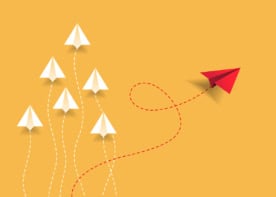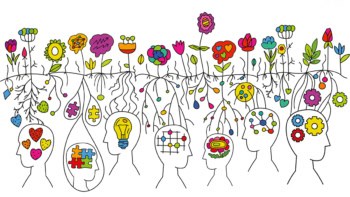Traditionally, physics and biology have been viewed as separate disciplines, but the interface between the two sciences is an exciting place to be working right now. A new website called biologicalphysics.iop.org has been created to assist in the teaching of biological physics to undergraduate students.
In this video report, Physics World meets the project’s director Athene Donald in the Cavendish Laboratory at the University of Cambridge, where she is based. Donald explains why she believes physicists should look beyond narrow academic boundaries because they have the tools to tackle certain problems in biology. “The laws of physics apply to biological systems, so one could argue that the divisions are slightly artificial and certainly not necessarily very helpful now,” she says.
Donald, who worked in polymer physics before moving into the field of biological physics, explains that the idea for the new website emerged following the Engineering and Physical Sciences Research Council’s 2005 International Review of Physics. This review highlighted the fact that many undergraduate physics students get no exposure to biological physics and that this is partly because many universities do not have researchers with the relevant expertise. The new website is designed to help remedy this situation by providing resources for lecturers to use alongside their standard material; it is hosted by the Institute of Physics, which also publishes Physics World.
The Cavendish, of course, holds an important place in the history of biological physics, being the lab where Watson and Crick helped to uncover the double-helix structure of DNA. The lab was relocated in the 1970s from the centre of Cambridge to its outskirts, but despite this, Donald says that she still finds the lab’s history to be a source of great personal inspiration. “Everyday, when I walk to my office from where I park my bike, I walk past the museum, so it’s a constant reminder of all the great things that have happened here,” she says.
In a separate video report, Donald discusses her own group’s ongoing research into how proteins aggregate and how this process is involved in Alzheimer’s disease.
Then, in a final video, Physics World meets Pietro Cicuta, one of Donald’s colleagues at the Cavendish’s biological-physics lab. Cicuta’s group is interested in the mechanical properties of red blood cells and how they are affected by malaria parasites. Cicuta also explains how biological physics differs from biophysics, and how he developed an interest in the field after starting out as a physicist.



